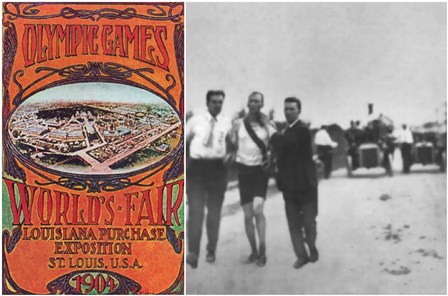For the first time in the history of Olympics, they were held outside of Europe. It was the year of 1904. The United States of America for the first time hosted the Olympics and it was the first time that the Olympic games were held in a majority English language nation.
On the Olympic games held in the USA, only 62 from 650 athletes who competed weren’t from North America. This was due to the tensions caused by the Russo-Japanese war and the difficulties to get to St. Louis. Because of this the top athletes of the world were not participants in the Olympics of 1904.
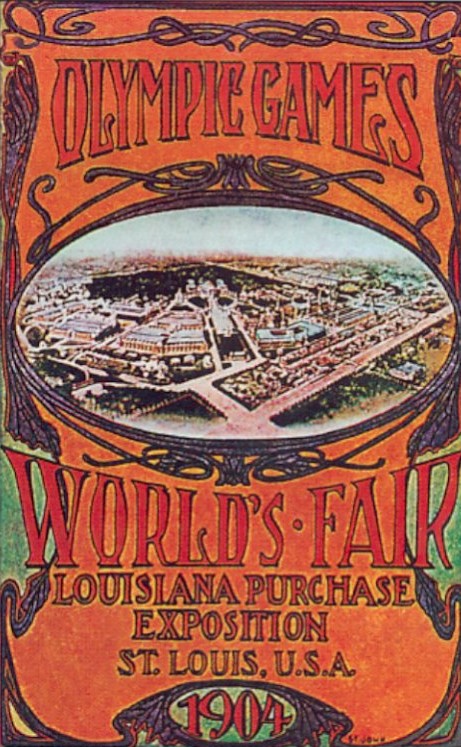
The marathon is one of the most grueling and extreme events of the Olympics, holding pride of place on the very last day just before the closing ceremony. Modern marathons compared to the marathon in 1904 Olympics are basically a walk in the park. Less than half of the athletes actually finished the marathon.
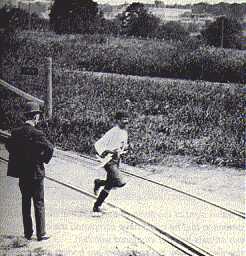
The 1904 marathon for the Olympics started around 3:00 pm in the afternoon in August, with temperatures above 90 degrees. The marathon was the most bizarre event of the Games.
A few of the runners were recognized marathoners who had either won or placed in the Boston Marathon or had placed in previous Olympic marathons, but the majority of the field was composed of middle-distance runners and assorted “oddities.” Americans Sam Mellor, A.L. Newton, John Lordon, Michael Spring and Thomas Hicks, all experienced marathoners, were among the favorites.
Another American, Fred Lorz, did all his training at night because he had a day job as a bricklayer, and earned his spot in the Olympics by placing in a “special five-mile race” sponsored by the Amateur Athletic Union.
Among the leading oddities were ten Greeks who had never run a marathon, two men of the Tswana tribe of South Africa who were in St. Louis as part of the South African World’s Fair exhibit and who arrived at the starting line barefoot, and a Cuban national and former mailman named Félix Carbajal, who raised money to come to the States by demonstrating his running prowess throughout Cuba, once trekking the length of the island.
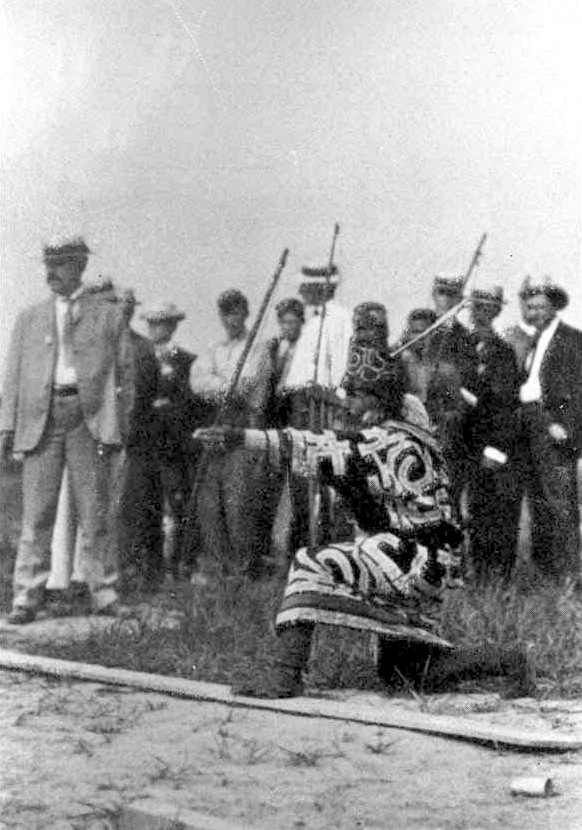
Fred Lorz was initially declared the winner of the marathon until a witness came forward and pointed out that Lorz had been spotted getting into a car at the nine-mile mark in the race. He had actually dropped out of the race after nine miles and hitched a ride back to the stadium in a car, waving at spectators and runners alike during the ride. When the car broke down at the 19th mile, Lorz re-entered the race and jogged across the finish line.
Hailed as the winner, he had his photograph taken with Alice Roosevelt, daughter of then-U.S. President Theodore Roosevelt, and was about to be awarded the gold medal when his subterfuge was revealed. Lorz immediately admitted what he’d done and said he had only been joking; the AAU responded by banning him from competition for life (although they reconsidered and lifted the ban a year later).
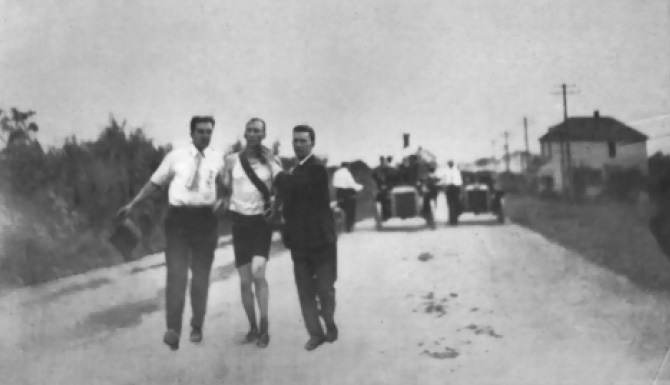
Tomas Hicks was the new race winner. The runner spent the last 10 miles of the competition in utter agony and was given several eggs, doses of toxic strychnine and even plugs of brandy to keep him on his feet. His assistants practically carried him over the finish line with a plodding final time of 3 hours, 28 minutes and 53 seconds.
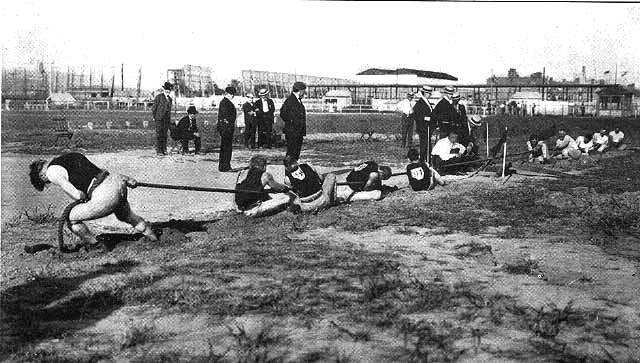
Another notable feature of this particular marathon was that it saw the first two black Africans competing in the Olympics. However, neither Len Taunyane nor Jan Mashiani were seasoned marathon runners, but both had served as dispatch runners in the South African Boer War.
Another who fell sick along the way was victim to his hunger and some rotten apples. This was a Cuban postman named Andarin Carvajal, who was very much unprepared for the race. He had lost all of his money in New Orleans, hitchhiked his way to St. Louis and had to cut off his trousers to make them look like running shorts, having no other clothes to wear. Despite falling ill from the apples, he finished in fourth place.
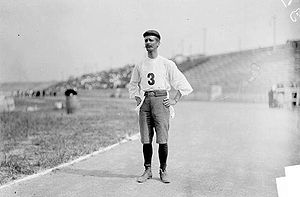
In the end, only 14 of the original 32 racers managed to finish the race. It was probably one of the most bizarre events in Olympics history.
The 1904 Olympic marathon had been so grueling that many felt it beyond the bounds of human capability. Even the director of the 1904 Summer Games, James Sullivan, opposed the race’s return to the Olympics. “It is indefensible on any ground, but historic,” he said.
